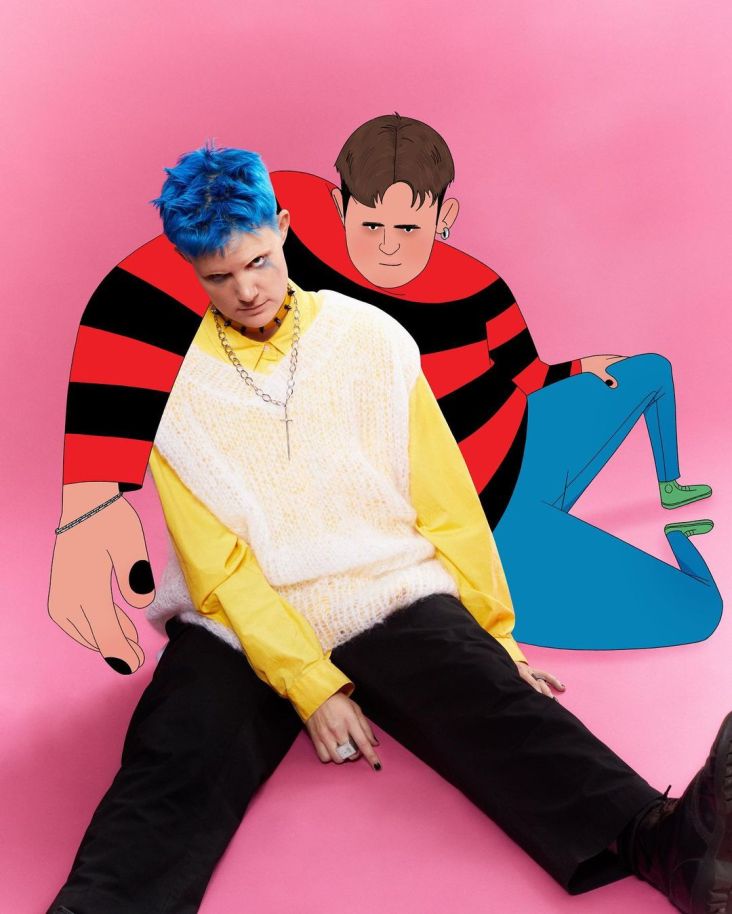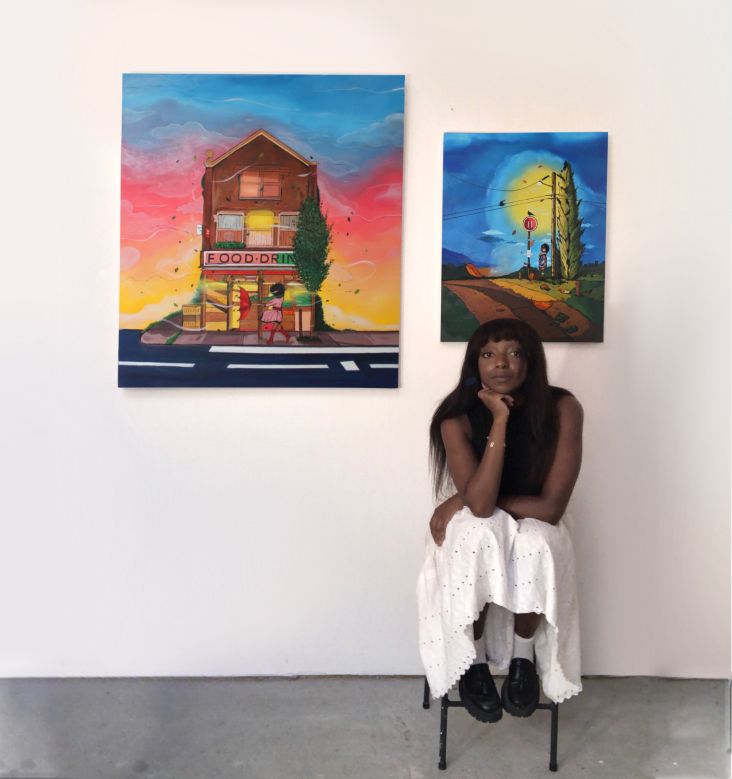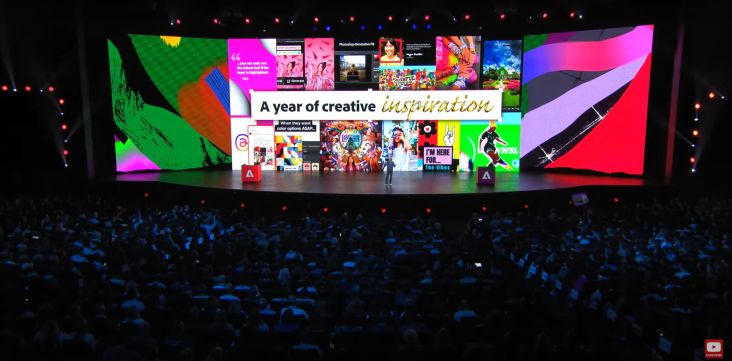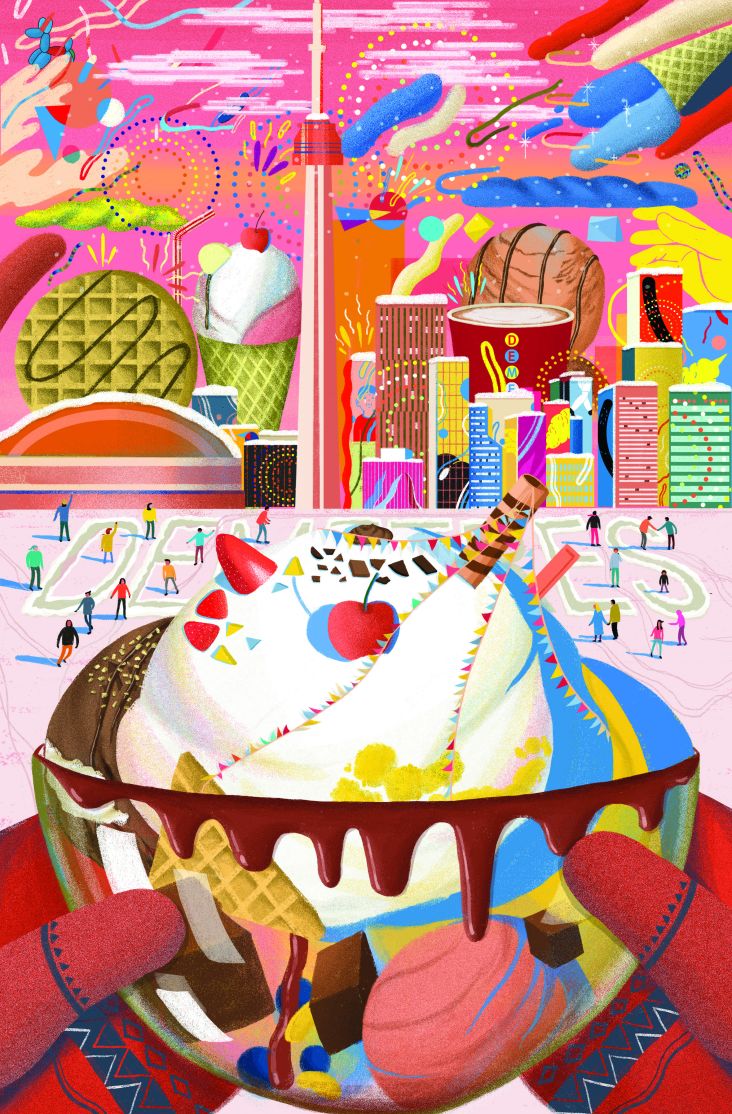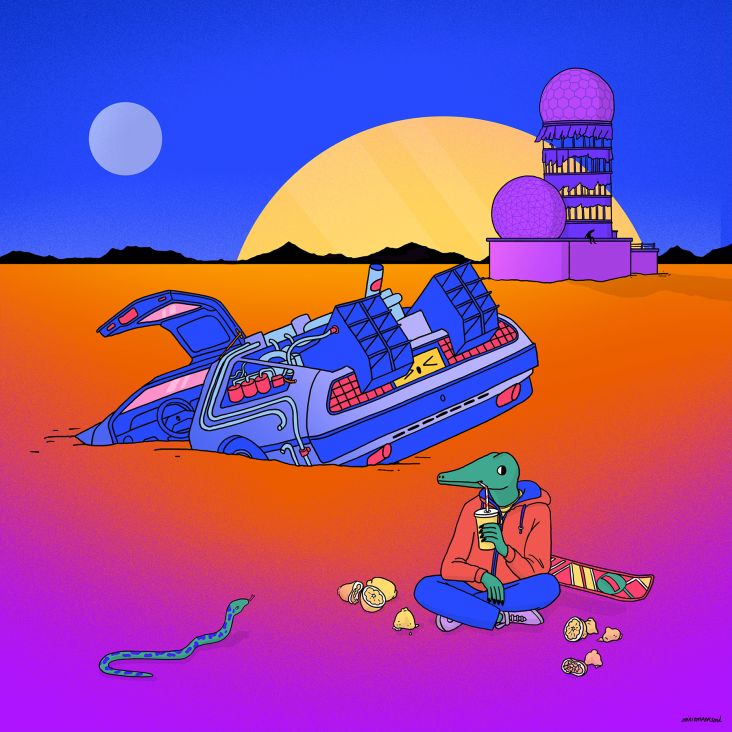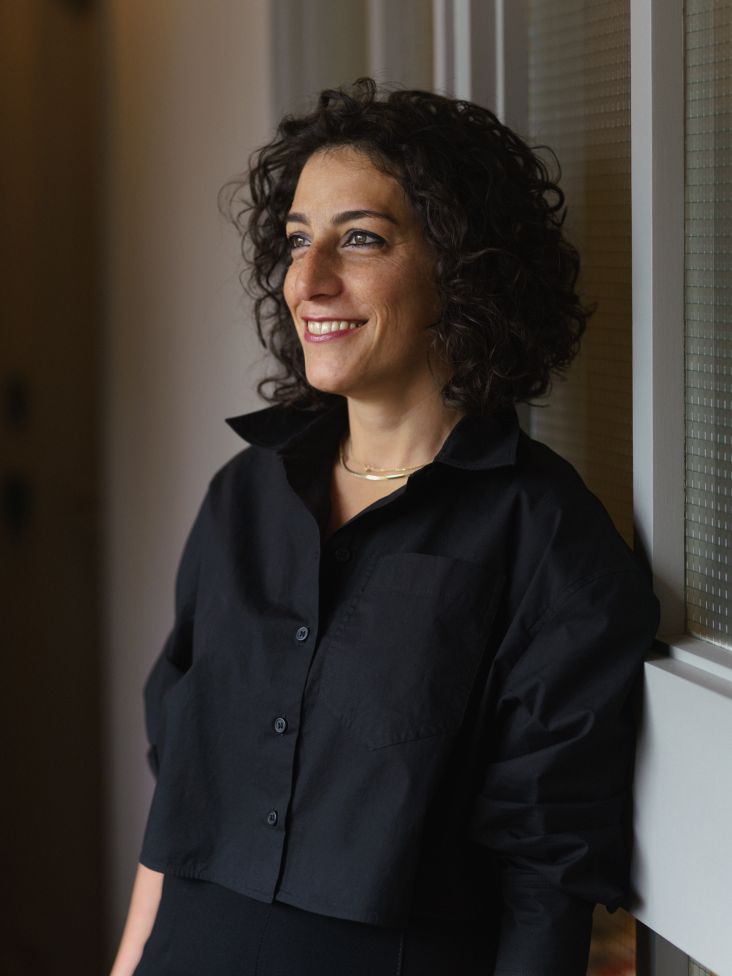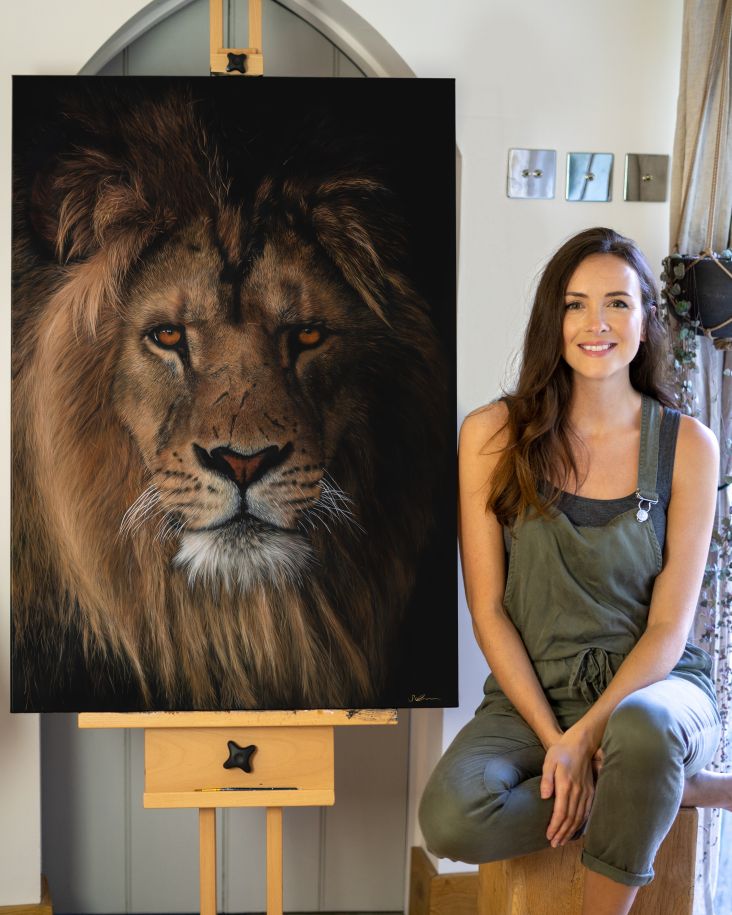Michael Wolff on his 'first and only' biography, delving deep into six decades of iconic branding
The design and branding icon chats to Creative Boom about an extraordinary life and career that have helped define the creative profession and industry we know today.
](https://www.creativeboom.com/upload/articles/b2/b2766633bc2fe360d0c3ab5571804bf1ff257e5d_1280.jpg)
Michael Wolff. Photography by Christine Donnier-Valentin
Have you ever felt inadequate in meetings where everyone seems more intelligent and articulate than you? Then you've probably heard this well-worn advice: "Believe in yourself! Even the most successful designers experience this!" But if that isn't as comforting as it should be, then maybe it's time to up the ante and hear from Michael Wolff. Yes, even one of history's most famed designers suffered from imposter syndrome.
"I had always felt a bit inadequate and overwhelmed in meetings where colleagues were discussing deeply researched rationales for design concepts," he recalls. "For me, the creative solution was completely instinctive, something that jumped into my head. I just waited for concepts to arrive. I could always count on something spontaneously turning up but not be able to explain where it came from." Hence why, the co-founder of pioneering brand consultancy Wolff Olins has called his "first and only" biography Leap Before You Look: The Zen of Branding. The title is appropriate, he says, "because it has that feeling of constantly being surprised by yourself".
So whether you want to learn how to gain greater confidence as a designer, learn the lessons of a decades-long, world-conquering career, or just read a thrilling and fascinating life story, this new book – currently available via Kickstarter – is well worth a read.
"A gift from one of the design gods"
Designed by NB Studio in collaboration with writer Tom Lynham, it chronicles Michael's consultancies over a 60-year career with brands such as Apple Records, VW, Audi, The Post Office, the University of Oxford and many more. The campaign is being managed by Anisha Peplinski, and print management is by Emma Dixon at Urban Print Support.
The book reveals Michael's profound influence on how brands look, feel, operate and behave and his battles against generic design, sloppy writing, witless strategy and emotionless communication. And so far, it's had rave reviews.
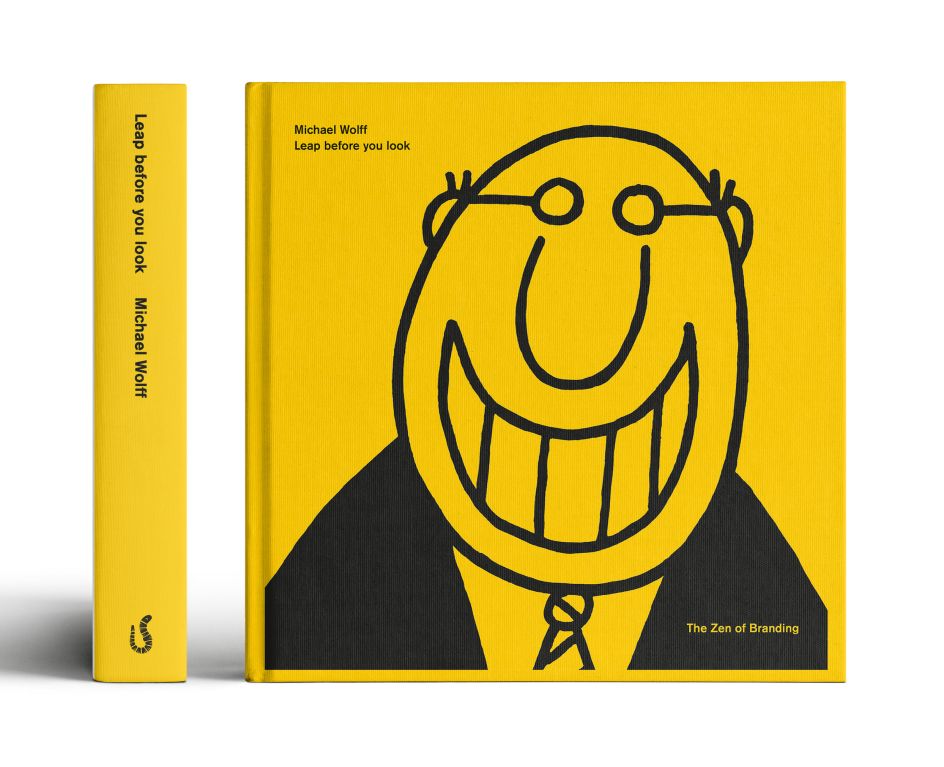
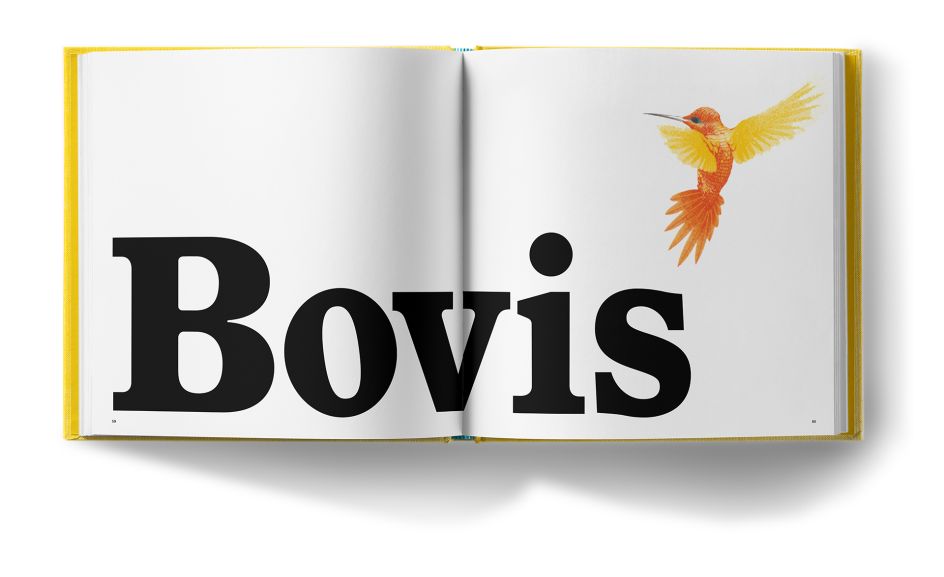
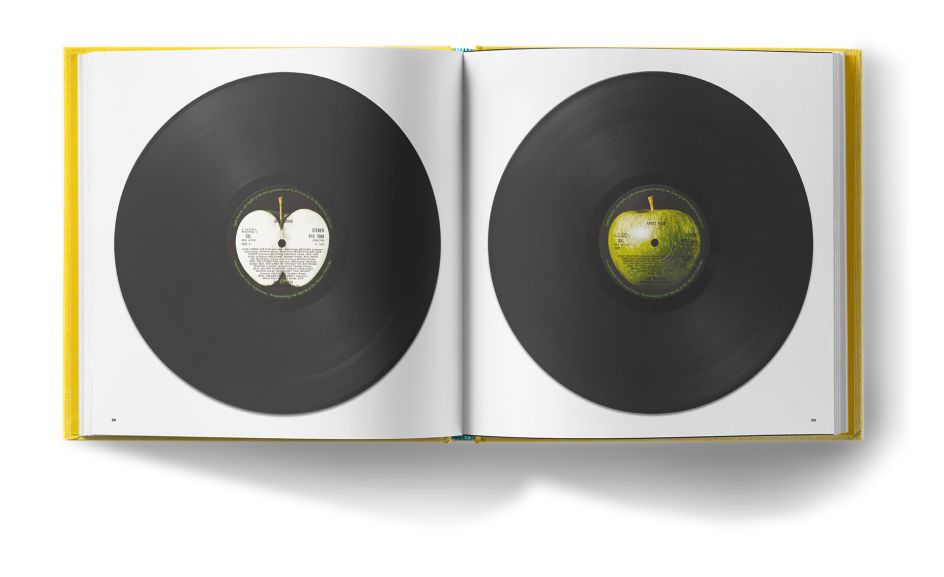
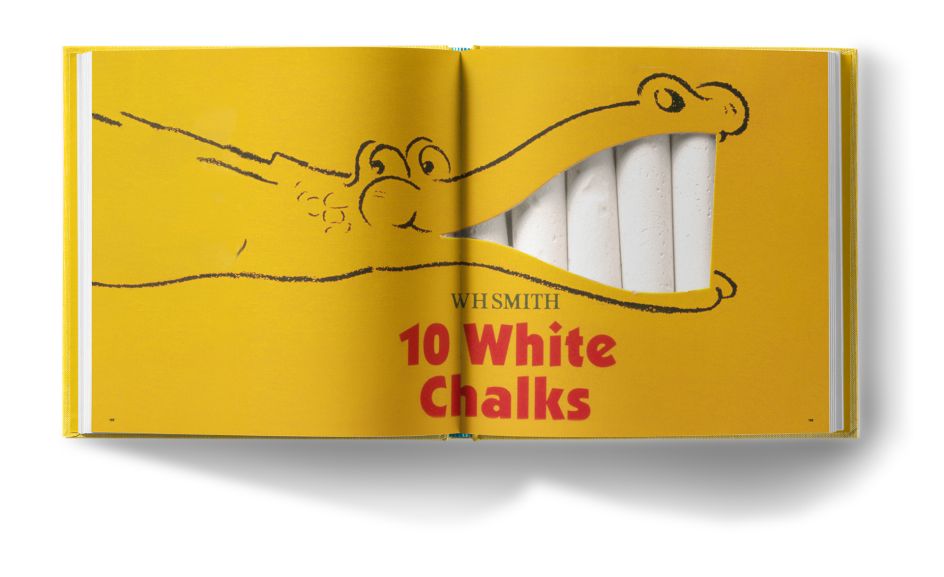
"Opening this book is like unwrapping a present," says Jeremy Myerson, professor emeritus at London's Royal College of Art. "It's a gift from one of the design gods. A masterclass from a master of identity, operating in his own universe."
It doesn't just cover his work but the fascinating life that surrounded it, from a child of Russian parents fleeing Soviet persecution to his unorthodox journey through the swinging '60s. It's packed with stories, articles, speeches and images demonstrating how he transformed brands into household names, and bubbles with valuable insights into the dynamics of negotiating with clients and how to make creative partnerships sparkle.
"Colour became a primary source of pleasure"
So why now? "I had written short booklets and given talks on branding throughout my career but felt it was time to consolidate it all," says Michael. "I discussed the idea with NB Studio and the writers Tom Lynham and Sue Evans, and we decided the format should be a highly illustrated book of stories and anecdotes accessible to everyone about how projects happened as opposed to an academic study. We started meeting every month at NB Studio, where the words and images began to emerge side-by-side. The book took shape organically and changed hugely as we progressed."
And it's been a lifetime in the making: Michael can trace his interest in design back to the tender age of four. "I remember enjoying the particular shade of blue of my first tricycle, and I relished the dark green sweater I wore in the Wolf Cubs, so colour became a primary source of pleasure," he recalls. "I didn't realise that this was the beginning of my designing life or that visual appreciation was at the root of all designing.
"My parents wanted me to have a 'respectable' profession such as a doctor, but I dreamed of becoming a pilot. Later, I attended architectural college, but it was too formal. Design seemed to be about how things looked and how people functioned, and that was beginning to fascinate me."
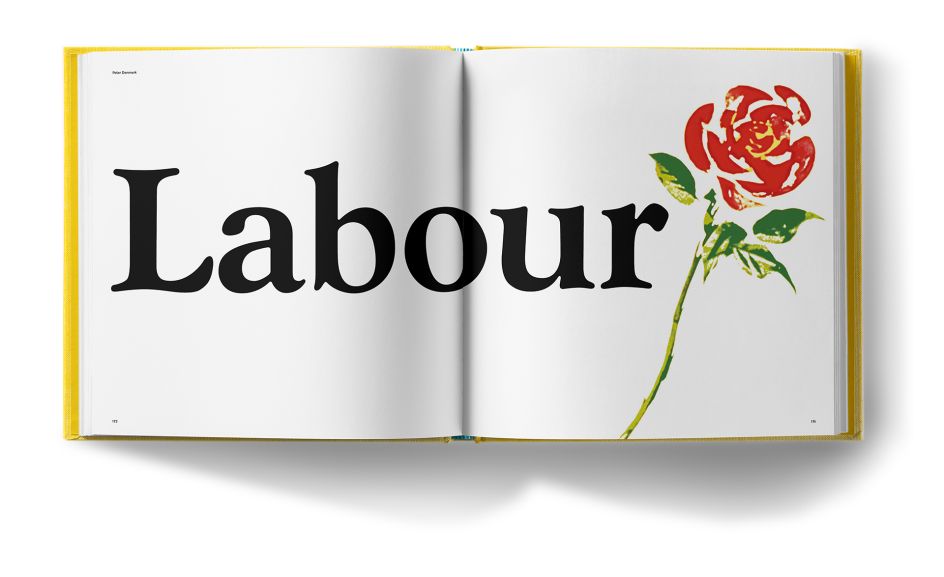
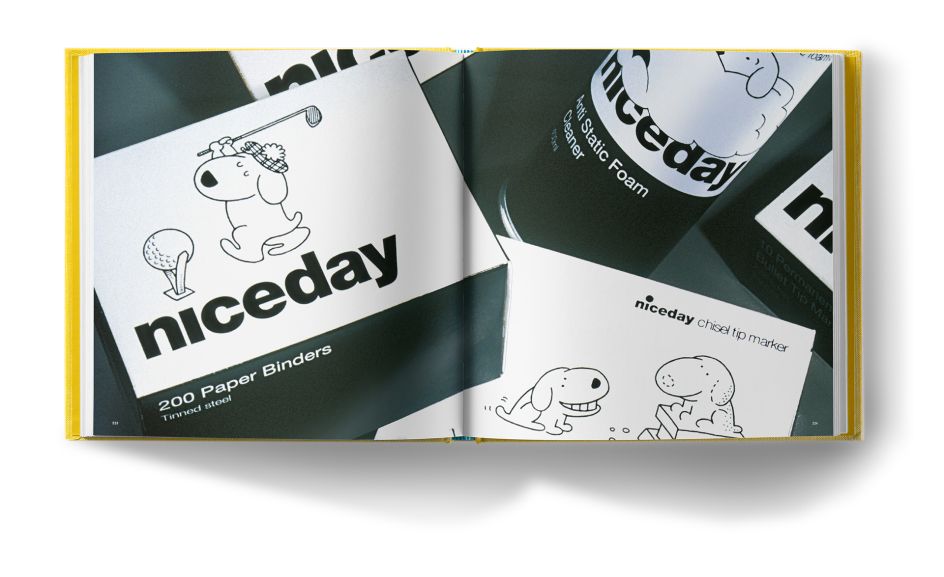
But it was the 1960s that brought him to prominence, and the book vividly brings that revolutionary decade to life. "The swinging '60s was an explosion of creativity after the post-war days of the 1950s," Michael explains. Few people knew that things were designed or that designers even existed. It was an intense time of forming a whole new industry driven by creativity.
"Music, record covers, fashion, interiors, architecture, food, brand, and advertising were all cross-referencing each other. I was obsessed with sensual experiences, from the splash of raindrops into puddles and the concentric circles they generate to the colours and textures of fabrics and the detail of woodgrains.
"Nowadays, design is big business involving big budgets, and that leads to playing safe. And digital – for all its wonders – imposes a kind of blandness. I don't have many conversations about the intensity of green nowadays and how the wonderful lush-wet look of a fresh petal leaf makes you feel so overwhelmed it's almost intolerable."
"The whole point is to push ourselves"
Sometimes he misses that era, at a time when bland brands are becoming the norm, even if he understands the bind many creatives are in. "Once you have a reputation, you are expected to fulfil it, and many people, creative agencies and brands just keep repeating themselves over and over because they have a successful formula," he notes.
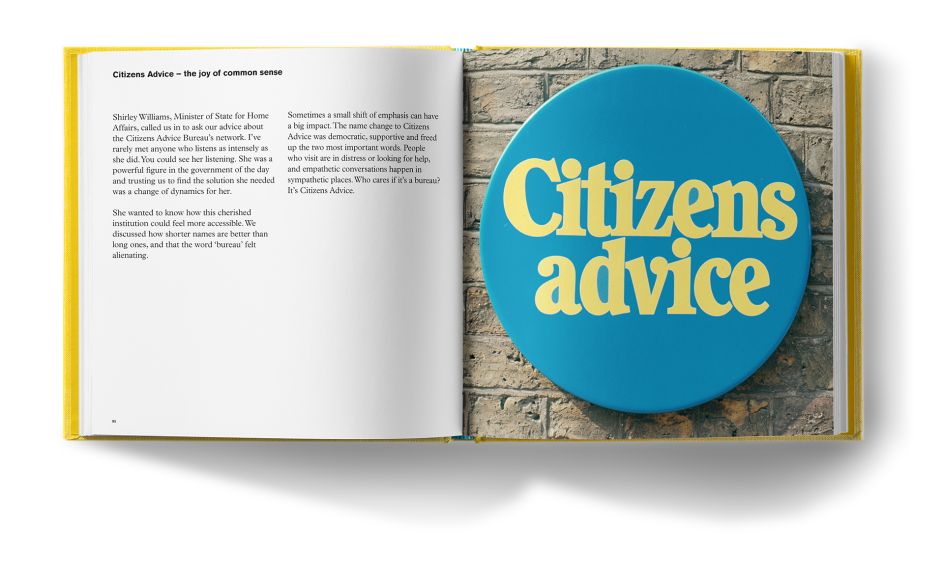
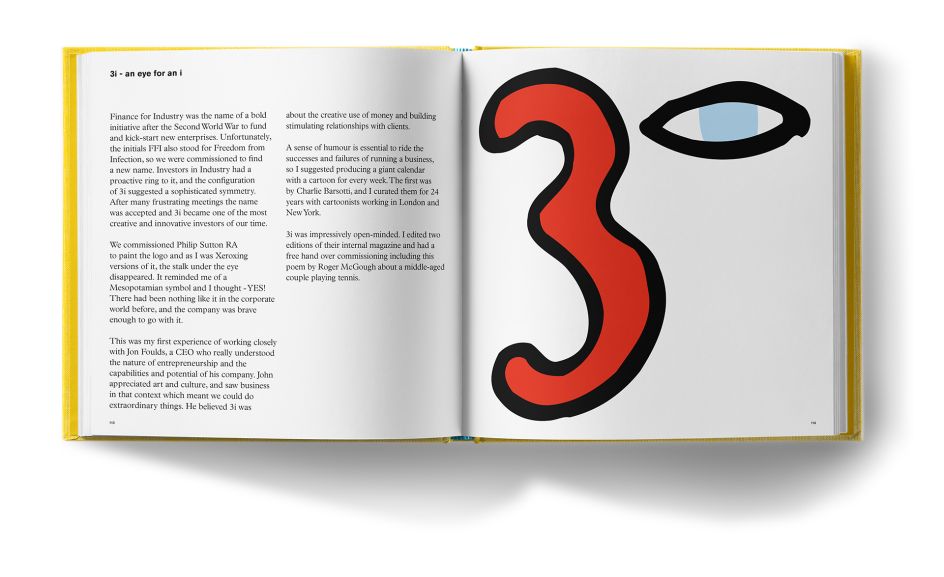
"It's sad because the creativity becomes subservient to the profitability. But the whole point of what we do is to push ourselves to work with others and to stretch ourselves beyond ourselves. I think few people do that nowadays because pushing one's limits is exasperating, but it's a marvellous feeling because suddenly things open up that weren't there before."
In contrast, he prefers to pursue ideas that come from outside of the box, but he's not just a rebel for rebel's sake. "I always choose the risky solution not because it's risky but because I know it's right," he argues. "A long time ago, I worked for the Spanish government promoting apples. They were a vivid green, and I decided that the colour of coconut matting would make the apples look fantastic, and it did.
"There was nothing else in the entire exhibition that used colour that way. And in that moment, I kind of knew I had a way of going about things, a belief in myself which was not like anyone else's, because whatever I did, it would always work. A lot of today's design feels risk averse. Trends come in and out of fashion. Doesn't feel visceral."
"I'm continuously evolving"
There's no easy 'formula' to creating work, though. "Every project is different for two reasons. The context is always changing: different clients, different strategies, different areas of commerce, different people involved. But it's also different because I'm continuously evolving, being influenced by every new experience. I'm not even the same person I was yesterday. We all change all the time, and embracing those changes – not clinging on to what you know – helps you to become more intellectually and creatively nimble."
If you need examples, the book is packed with them, and it's not just the big names and glamorous projects that are full of insights. Take this anecdote from the very start of his career. "I failed as an architectural student, but for some reason, I landed a commission for a scaffolding company at a trade exhibition," Michael recalls. "When they briefed me and my friend, the client said they wanted a bar with drinks and furniture so that people could sit and have conversations.
"We talked about the beauty of scaffolding and the extraordinary couplings that connect scaffold tubes and the beautiful quality of galvanised steel. So, we produced this piece of sculpture that was based on the Ludo board with those four primary colours. We built it in a matter of hours, whereas other firms took days because they had to build a stand with photo blowups and typography on panels.
"Terence Conran – who I did not know at the time – loved it. He said it was extraordinary and the most exciting thing in the exhibition because it caught the essence of scaffolding, and trying to catch the essence is something I have done with every client ever since."
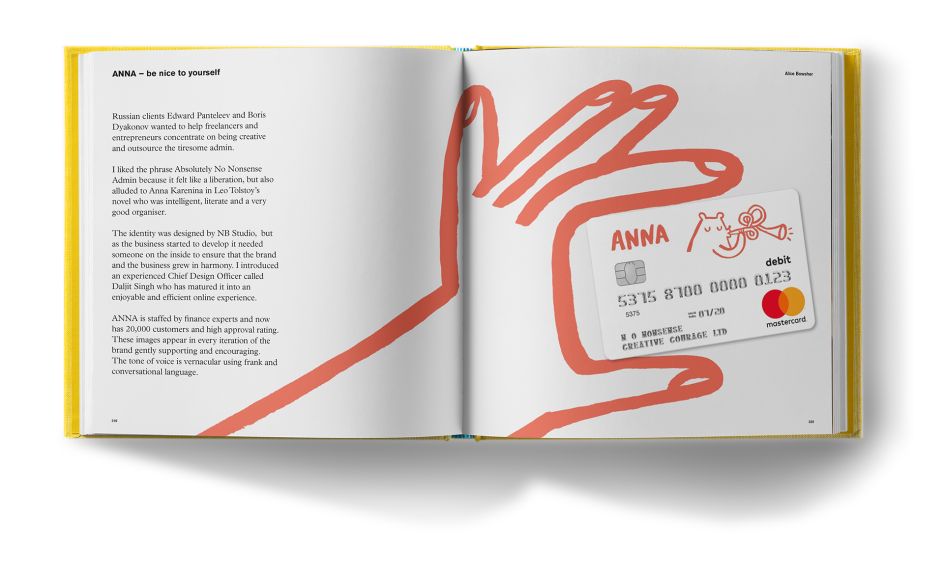
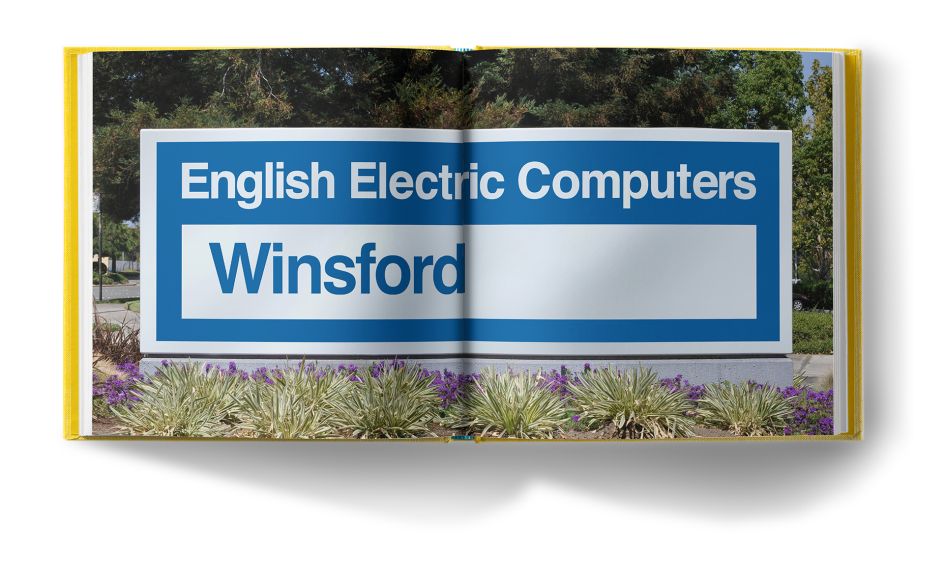
Of course, there was no Wolff Olins without Wally Olins, and he gets due attention in the book, too. "When we started running Wolff Olins, there was an enormous mutual respect and intrigue about each other's worlds," says Michael. "Wally was a brilliant salesman, but he'd never met a designer who could articulate why design mattered so much. And I'd never met anyone who understood the culture of companies like he did.
"We became incredibly complementary. When we went to meet a potential client and looked through our different eyes, it worked really well. But gradually, our differences forced us apart. Wally and the partners wanted to sell Wolff Olins and enjoy the profits, whereas, for me, it was a vocation, and that created tensions between us."
"I had to put away my creative ego"
Of course, The million-dollar question is the biggest lesson Michael has learned in his long career. Delightfully, he has a neat and quick answer: "Learning to respect the creativity of others: that was an enormously important guide for me in the building of Wolff Olins. When developing and nurturing the culture, I had to put away my creative ego and allow others to shine. It was about recognising what was special about others rather than seeing what I wanted to see. I had to respect the roots of other people's creativity that had brought them to this point and to see how that could enhance what we all did collectively."
As for his biggest achievement, here he puts all of his multi-award-winning designs to one side and focuses on something that matters to him far more. "I think it's probably being a stepfather to a tribe of four unruly children that came with falling in love with an extraordinary woman," he replies.
"I was helping them to find what it was about them that they could relish and develop. I remember collecting the youngest one, who was five, from his little primary school, going for walks, and pointing things out. And with my daughter taking her down the street where we looked at all the door knockers and different numbers of the houses as a way of introducing her to typography and design."
"Open the door to eclecticism"
Now entering his 90th year, how does Michael remain so passionate about design and branding? "It's partly earning a living and being useful to the people who pay my fees, but it's also the challenge of every new project," he says.
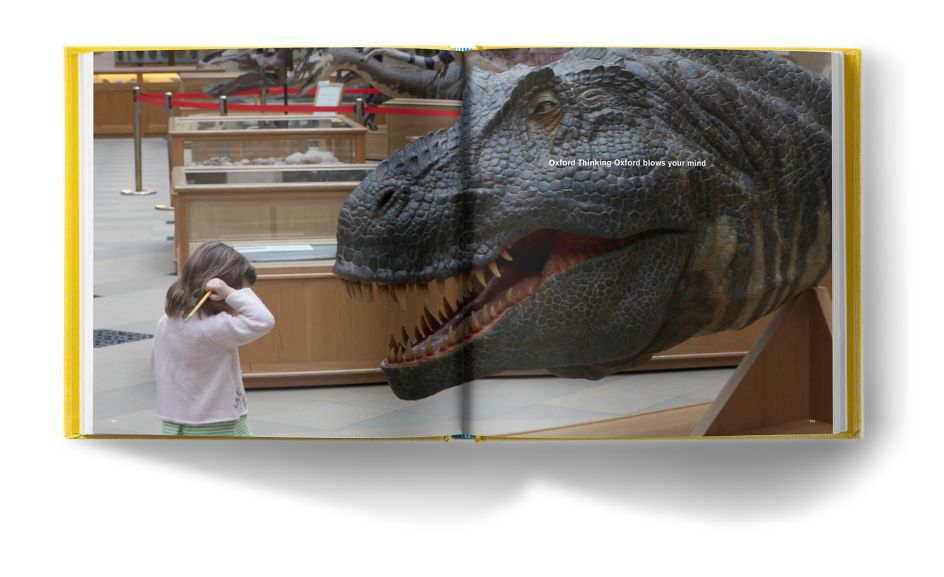
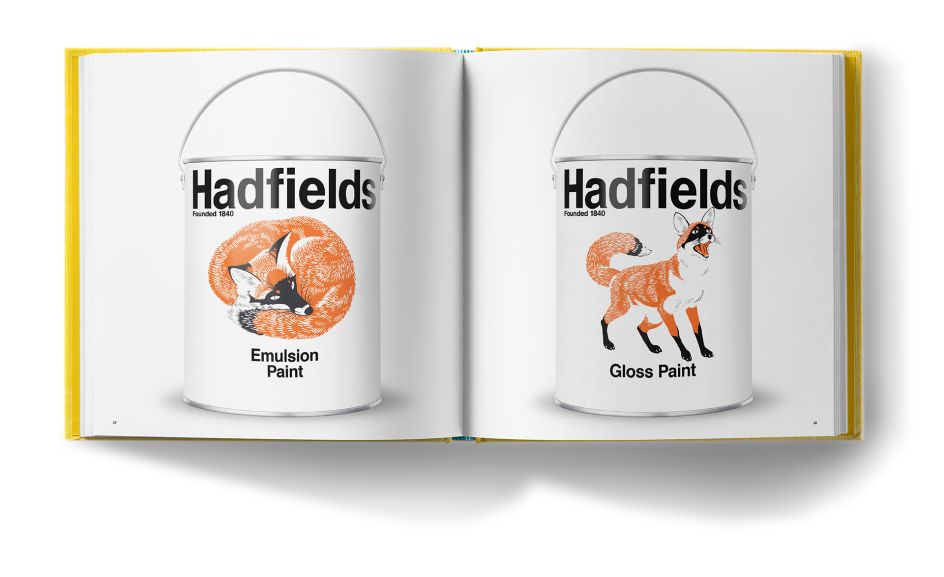
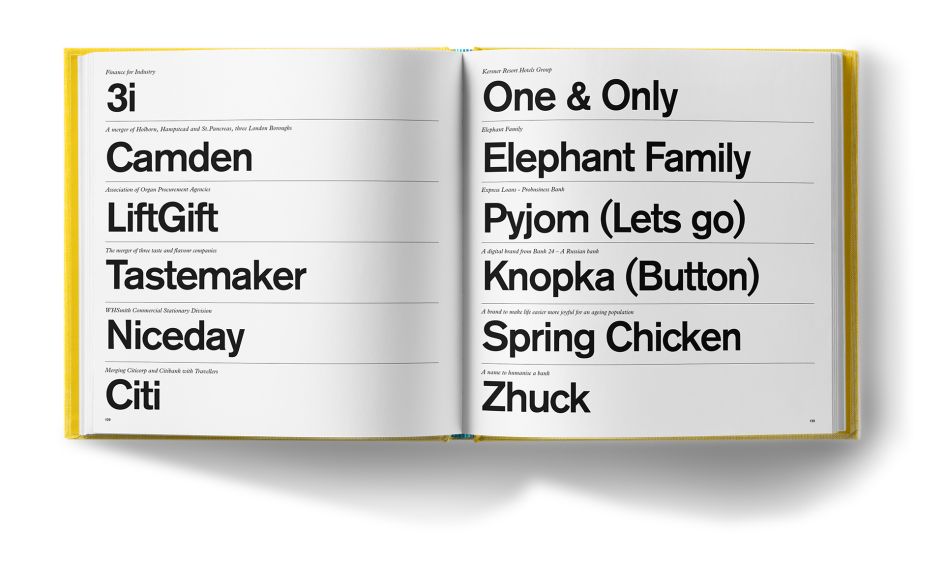
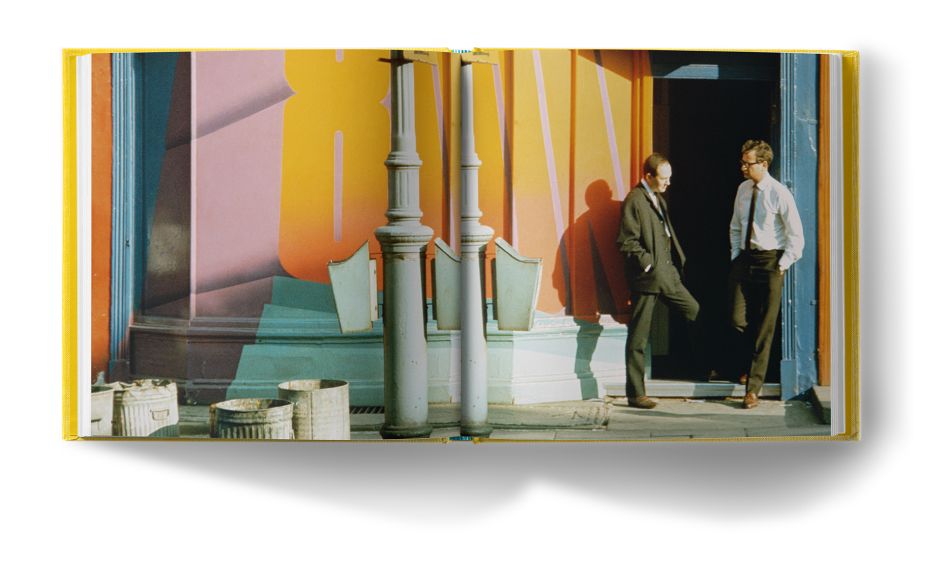
"I am not so interested in the story of a company but in how people treat people. What is it like to arrive at an office: the reception, the buildings, how aware are people of how they are being treated? I love finding out who they are and why they do what they do. How do they link their passions to their ambitions? But I've always felt I could be more capable than I seem to be. However, not fulfilling my potential, well, that's a wonderful way to live. We're always on this knife edge between fulfilling and falling short."
So, what's his number one advice for budding young designers? "Open the door to eclecticism," he responds. "I know that sounds a little bit esoteric, but when developing ideas, we land on a favourite that crowds everything else out. But you have to push that idea – no matter how precious - to one side and go deeper into a rainbow of ideas.
"We all have a default positioning that we err towards, and to be brave enough to park it and reconfigure your creativity is where all the really great ideas come from."
Leap Before You Look: The Zen of Branding is available for an early bird price of £65 (limited to 100). The book is 200gsm case bound and produced by Library Street, an independent publishing house founded by NB Studio to commission, design, and produce beautiful books about creativity. Many thanks to Tom Lynham in helping to put together this piece.

















